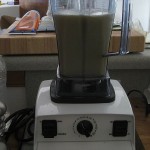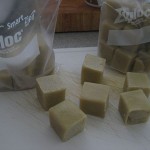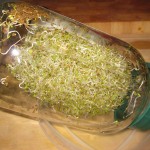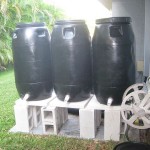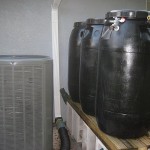Our guava tree is finally bearing a generous portion of fruit. It is a challenge picking the ripened guavas before they either become over-ripe or the local animals decide it is dinner time. We generally pick up 10 -20 guava a day.
We make both guava juice with a high speed blender (Vita-Mix 5000) and with the leftover guava cubes (frozen), for future use.
Health benefits of guava:
http://www.organicfacts.net/health-benefits/fruit/health-benefits-of-guava.html
http://www.stylecraze.com/articles/amazing-benefits-of-guava-for-skin-hair-and-health/


